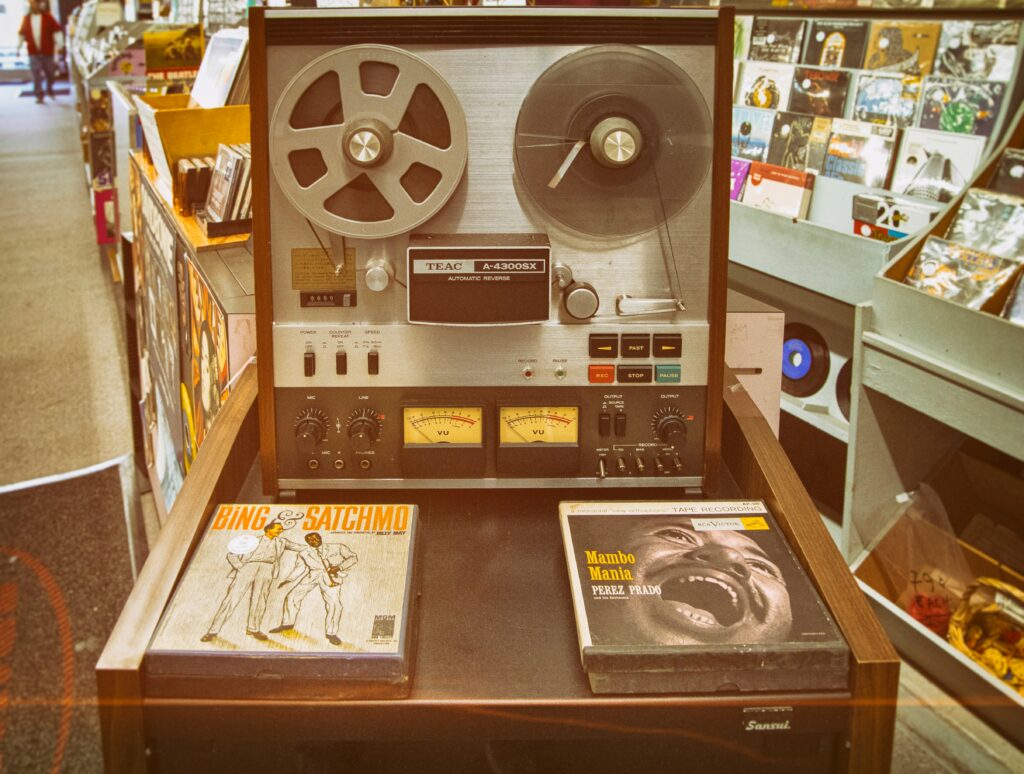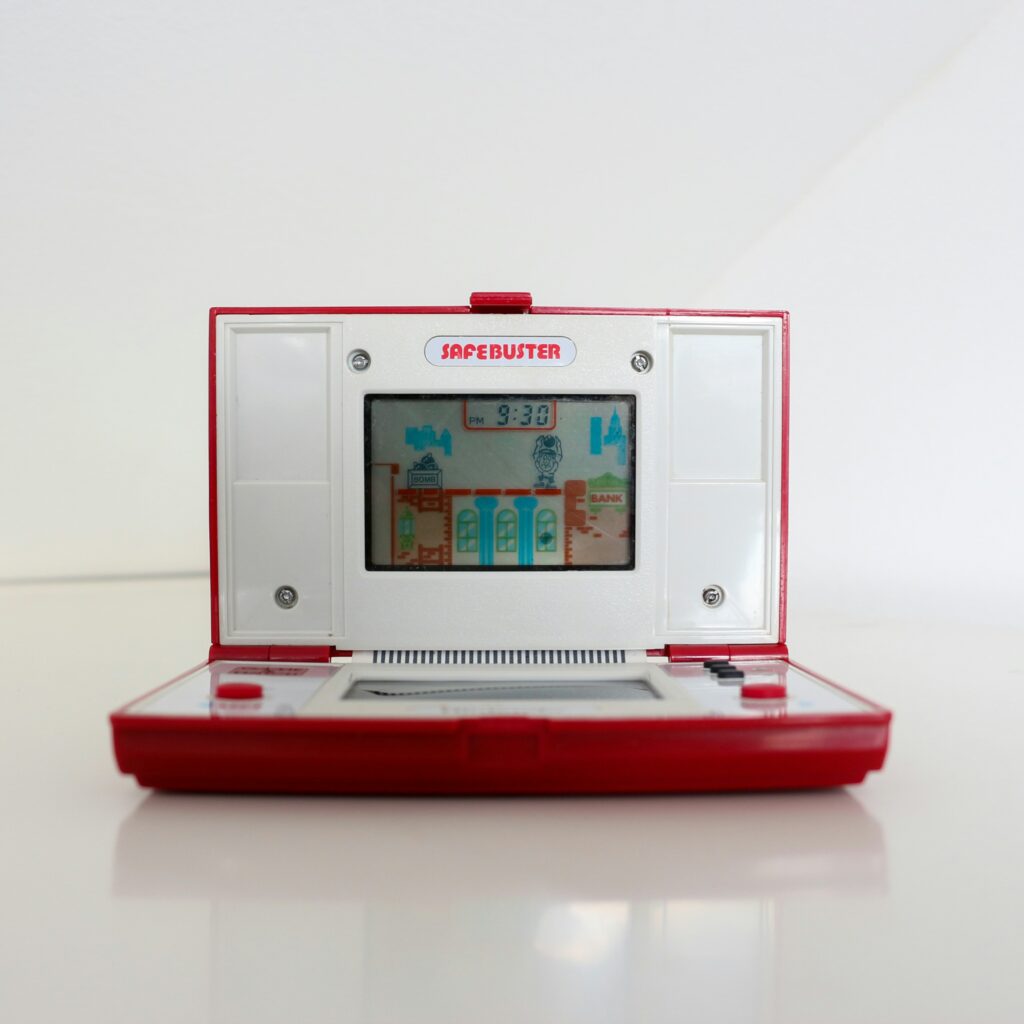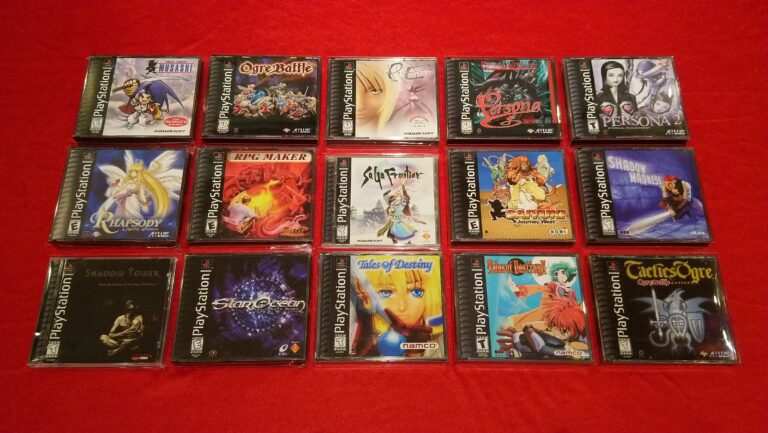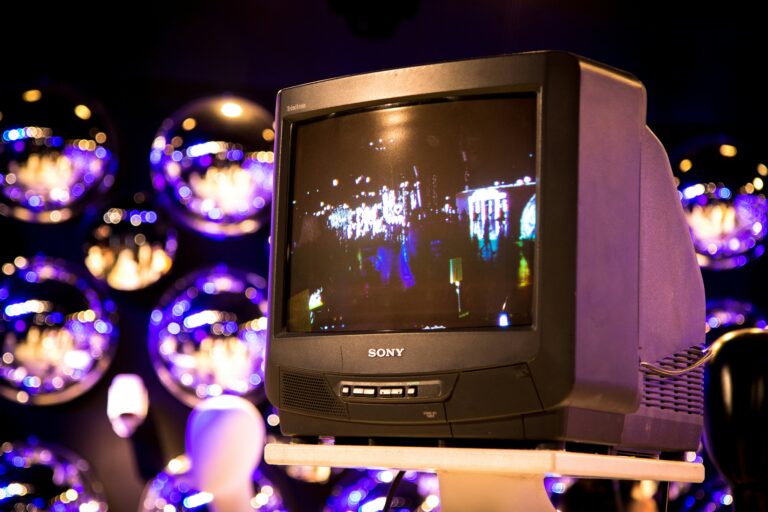In the world of gaming, one might argue that the newest systems, with their advanced graphics and high-speed processing, are the be-all and end-all. Yet, the allure of vintage gaming consoles persists, their nostalgic charm beckoning both seasoned gamers and novices alike. Their enduring popularity over the years is a testament to their quality and the timeless appeal of the games they run. However, as with any sophisticated electronic device, their optimal operation hinges on the understanding of certain key aspects, particularly power requirements. Welcome, dear reader, to our comprehensive guide titled “Unleash the Power: A Guide to Understanding Vintage Console Power Requirements for Peak Performance”. By the end of this piece, you will have a robust understanding of how to manage the power needs of your vintage console to ensure peak performance.

A comprehensive delve into the realms of power supply may seem daunting at first glance; however, fear not, for this guide is designed with clarity and comprehensibility at its core. As we journey through this exploration of power requirements, we shall unmask the technical mysteries that are often wrapped around vintage consoles. We will unravel the importance of power supply voltages, currents, and connectors, and their crucial role in the performance of these gaming antiques. Further, we shall elucidate on the ways to maintain and troubleshoot these systems to prolong their lifespan, keeping your piece of gaming history alive and running at its best for longer.
In this article, we will dissect the power requirements of vintage consoles from different generations. Our first stop will be an in-depth analysis of consoles from the 1980s, including the iconic Atari 2600 and the Nintendo Entertainment System (NES). We will then journey through the 1990s, examining the power needs of the Sega Genesis and the Sony PlayStation, before wrapping up with early 2000s consoles, such as the Microsoft Xbox. Through this generational exploration, we will not only understand the evolution of console power needs but also gain valuable insights into preserving these classic machines’ performance. So, strap in and get ready for an enlightening trip down the memory lane of gaming history, all while unlocking the secrets to optimal vintage console performance.
Understanding Vintage Console Power Requirements
The first step towards unleashing the full potential of vintage gaming consoles is understanding their power requirements. For gamers who enjoy vintage consoles, it’s important to understand the power requirements of these devices to ensure they can deliver their peak performance. Let’s dive in to explore the power needs of several vintage consoles and how you can cater to them.
Nintendo Entertainment System (NES)
The Nintendo Entertainment System (NES), released in 1983, has a voltage requirement of 9V DC, with a current draw of around 850mA. It’s crucial to use a power supply that can meet these specifications to ensure the console operates properly.
An interesting point about the NES is that it has an internal voltage regulator, which means the console can handle a slightly higher voltage than 9V, though it’s not recommended to push this limit. It’s always best to stick with a power supply that meets the original specifications to avoid any potential damage.
Super Nintendo Entertainment System (SNES)
The Super Nintendo Entertainment System (SNES), released in 1990, operates at a slightly lower voltage than the NES. It requires a 10V DC power supply and has a current draw of around 850mA. Despite the lower voltage, the SNES has a higher power requirement due to its more advanced hardware.
Again, like the NES, the SNES has an internal voltage regulator, making it somewhat resilient against voltage variations. However, to maintain the longevity of the console, it’s advised to stick to the original power specifications.
Sega Genesis
The Sega Genesis, launched in 1988, operates at a voltage of 10V DC and draws a current of 1.2A. This console, known for its powerful 16-bit graphics, has a slightly higher power requirement than its Nintendo counterparts.
Despite its higher power requirement, the Sega Genesis is considered one of the most durable and reliable consoles of its era. Nevertheless, it’s critical to use a power supply that meets its power requirements to ensure its optimal performance and longevity.
Comparing Power Requirements
Here’s a quick comparison of the power requirements of these three vintage consoles:
ConsoleRelease YearVoltage RequirementCurrent DrawNintendo Entertainment System (NES)19839V DC850mASuper Nintendo Entertainment System (SNES)199010V DC850mASega Genesis198810V DC1.2A
To help you better understand vintage console power requirements and how to properly power these devices, check out this informative YouTube video by “My Life in Gaming”: “RGB208 :: Getting the Best Picture from your Sega Genesis / Mega Drive – MY LIFE IN GAMING”.
Maintaining Peak Performance
Maintaining peak performance of vintage consoles is not just about understanding power requirements but also about regular maintenance and careful handling.
Proper Power Supply
It’s essential to use a power supply that meets the console’s power requirements. Using a power supply with incorrect specifications could lead to overheating and potential damage to the console. Remember to check the console’s specifications and match them with your power supply.
Regular Cleaning
Dust and debris can build up inside the console over time, which can lead to overheating and degraded performance. Regularly cleaning the console’s interior can help maintain its peak performance.
Proper Storage
Storing the console in a cool, dry place is important to prevent moisture-related damage and overheating. If you are not using the console, ensure it is covered to prevent dust accumulation.
For a hands-on demonstration of maintaining and cleaning vintage consoles, watch “Retro Console Cleaning Tips” by the YouTube channel “Retro Gaming Arts”. This will give you an in-depth understanding of the dos and don’ts of vintage console maintenance.
Embracing the Vintage Gaming Experience
Embracing the vintage gaming experience requires a combination of understanding the power requirements of these consoles, regularly maintaining them, and understanding their hardware.

Understanding Hardware Limitations
Vintage consoles were designed with the limitations of their era. Understanding these limitations, such as graphics capabilities and processing power, can help gamers set realistic expectations and appreciate the nostalgia these consoles bring.
Respecting the Original Design
Modifying vintage consoles can be tempting, but doing so could potentially damage the hardware and detract from the original gaming experience. It’s important to respect the original design and specifications to ensure longevity and performance.
Appreciating the Nostalgia
Embracing the vintage gaming experience is not just about technicalities, but also about appreciating the nostalgia these consoles bring. From the distinctive sound of a cartridge slotting into place to the retro game graphics, there’s something truly special about playing on a vintage console.
For an in-depth look into the world of vintage gaming and understanding vintage console hardware, the YouTube video “The Ultimate Retro Gaming Console Guide” by “MetalJesusRocks” is a must-watch.
Each vintage gaming console comes with its unique set of power requirements and maintenance needs. By understanding and respecting these, gamers can ensure their vintage consoles deliver peak performance while reliving the glory days of gaming. Whether it’s a NES, SNES, or Sega Genesis, it’s possible to keep these cherished pieces of gaming history alive and well.
Conclusion
In conclusion, this article has ventured to explore the complex technical landscape from an accessible, yet comprehensive viewpoint. The key focal points of our discourse have been the paramount importance of IT and Engineering fields, their interlocking mechanisms, and how they fuel our world’s innovative progression.
Having dived deep into the subject matter, we have unraveled the intrinsic links between software development processes and engineering principles, underpinning the vital role these sectors play in today’s technologically driven society. By elucidating these complex concepts and making them digestible to the reader, we hope to have broadened your understanding and appreciation of these fields.
The article has also taken a significant leap to analyze the symbiosis between IT and Engineering, a relationship that has become increasingly intertwined as we move towards a more digitized and automated future. This fusion has prompted the evolution of new systems and technologies, which are shaping our world and leading us into uncharted territories.
We have underscored the transformative power of innovation, made possible through the marriage of IT and Engineering, the potential of which is truly limitless. The importance of remaining adaptable and open to new technologies and methodologies cannot be overstated, as it is this spirit of constant learning and evolution that will propel us forward in our respective fields and in our collective journey towards a technologically advanced future.
As we wrap up, it is crucial to note that while the technicalities may seem daunting, the rewards of understanding and utilizing these systems and technologies are profound. It is our sincere hope that you’ve found this article enlightening and that it has sparked your curiosity to explore more and delve deeper into the technical world.
The words inscribed here are intended not just to inform, but also to inspire. We wish to encourage dialogue, exchange of ideas, and collective growth. So, if this content has stirred thoughts, queries or insights, feel free to share them in the comments section below. Moreover, sharing this information with your peers will help in fostering a community of knowledgeable individuals, effectively equipped to navigate the tech world.
In the pursuit of knowledge, no stone should be left unturned. Therefore, we encourage you to make use of the available resources and broaden your horizons. Here are a few reference links to guide you further: [Insert active links here].
Remember, in the dynamic world of IT and Engineering, the journey of learning is continuous and boundless. Keep exploring, keep innovating and keep pushing the boundaries of what is possible.
In the end, we hope this article serves as a springboard for your technical exploration and a catalyst for your professional growth. So, take this newfound knowledge, apply it, share it, and most importantly, let it inspire you to reach new heights. Happy learning!
**Note**: The actual links would be inserted where ‘Insert active links here’ is mentioned in the text. Please replace it with your actual references.



